ISSCR 9th Annual Meeting (Toronto, June 2011) – Day 1: Wednesday 15th
Posted by Richard Berks, on 15 July 2011
Attendence from over 3,800 delegates, around 140 speakers, and 1,500 posters on display over four days, in the wonderful city of Toronto: the 9th Annual Meeting of the International Society For Stem Cell Research (ISSCR) was always going to be a great conference, and we certainly weren’t disappointed.
The quality of the research presented was high, and there were far too many talks to easily summarise in one article, so I’ve decided to split up my report into four parts, one for each day. In each, I’ve summarised the talks I saw from that day, and written a bit more about two or three of my favourite talks, from the big names in the field to some of the lesser-known (but equally engaging) researchers. If you’ve anything you’d like to add, please feel free to comment at the bottom of any of the articles.
Day 1 – Wednesday 15th June
Attracted by the promise of an interesting set of talks at the interface of academia and industry (not to mention a free breakfast!), to start off my conference I headed along to the Lonza-sponsored symposium entitled “Novel Stem Cell Tools – applications in Research, Drug Discovery, and Cell Therapy”.
Linzhao Cheng, from John Hopkins University in Baltimore, discussed his group’s work generating induced pluripotent stem cells (iPSCs) from blood cells. Using a plasmid delivered by electroporation, they have found that mononuclear CD34+ cells from the peripheral blood are more ammenable to reprogramming than the traditional fibroblast (increasing speed and efficiency of iPSC generation), as well as being a more easily accessable source of human cells. He also discussed work involving zinc finger nuclease-mediated gene targetting to correct Chronic Granulomatous Disease, which was used to insert a functional copy of the gene gp91 into a ‘safe harbour locus’ AAVS1.
We also heard talks concerning the derivation of neurones from pluripotent stem cells: from Xianmin Zeng (Buck Institute, California) about promising work in the generation of dopaminergic neurons from hPSCs for cell therapy and drug screening to treat Parkinson’s Disease, and from Alexa Poole of California Stem Cell Inc. about their new products involved motor neuron progenitor cells from in-house derived xeno-free cGMP-grade hESCs.
After the break, I headed over to a packed seminar room to see the Symposium to honor Ernest ‘Bun’ McCulloch, whose work developing Colony Forming Unit (CFU) assays paved the way for further functional assays to test stem cell pluripotency. Talking were Valerie Wallace (Ottawa Hospital Research Institute) about her work concerning the role of Hedgehog signalling in the development of the neural retina, Mickie Bhatia (McMaster Stem Cell and Cancer Research Institute) discussing heterogeneity amongst hESCs and it’s implications, and Bing Lim (Genome Institute of Singapore and Harvard Medical School) giving a fresh perspective on pluripotency factors as factors essential for differentiation.
The conference proper began with the Presidential Symposium, chaired by exiting ISSCR President Elaine Fuchs. After an address Robert McEwan from McEwan Centre for Regenerative Medicine, and a presentation of the ISSCR Public Service Award to Robert Klein (Chairman of Independent Citizen’s Oversight Committee at CIRM), four speakers were invited to give a talk from a historical perspective of stem cell biology and regenerative medicine. Firstly, Janet Rossant from the Hospital for Sick Children in Toronto gave lecture on the importance and limitations of functional assays for pluripotency. George Daley from Children’s Hospital Boston gave his historical account of the origins of stem cell research, nuclear transfer, reprogramming, and cell therapy.
This year’s Keynote Lecture was delivered by Robert Langer from MIT. Author on over 1,100 papers and holder of over 760 patents, he gave a certainly non-exhaustive (but nonetheless exhausting!) whistlestop tour of his lab’s research, focussed on the development of materials designed to improve cell and gene therapy and solve particular problems in surgery. For example, a thermoresponsive material, changing its properties when going from room temperature to body temperature, had been developed for use in minimally invasive surgery, resulting in a thread which when knotted would tighten itself – amazing to watch on video! In addition, by dropping tiny quantities of polymers onto a microscope slide, a polymer microarray was developed, allowing for high-throughput screening of polymers which would support feeder-free growth of human hESCs. Similar screening methods were used to find chemicals that increase the efficiency of gene delivery into hESCs.
Finally, to round up the Presidential Symposium, former ISSCR president Irving Weissman (Stanford) gave a deliberately confrontational yet entertaining speech concerning who is to blame for the rise of unregulated stem cell treatments – in short, part of the blame was from scientists who over-hyped their work, giving stem cell status to cells that aren’t, and claiming major advances without appropriate function assays. His talk also included an assessment of the ISSCR public information program ‘A Closer Look at Stem Cell Treatments’.
The first plenary session of the conference – “Totipotency and Germline Development “ was the last session of the day, and I managed to catch a talk by Azim Surani (Gurdon Institute, Cambridge) on the role of epigenetic reprogramming in germ cell lineage, and Max Plank Institute’s Hans Schoeler‘s talk comparing the induction of pluripotency in somatic cells with that in germ line cells.
The conference had gotten off to a fine start, but I knew once the concurrent sessions started it’d only get more frantic! Follow this link to see the second part of my report..


 (3 votes)
(3 votes)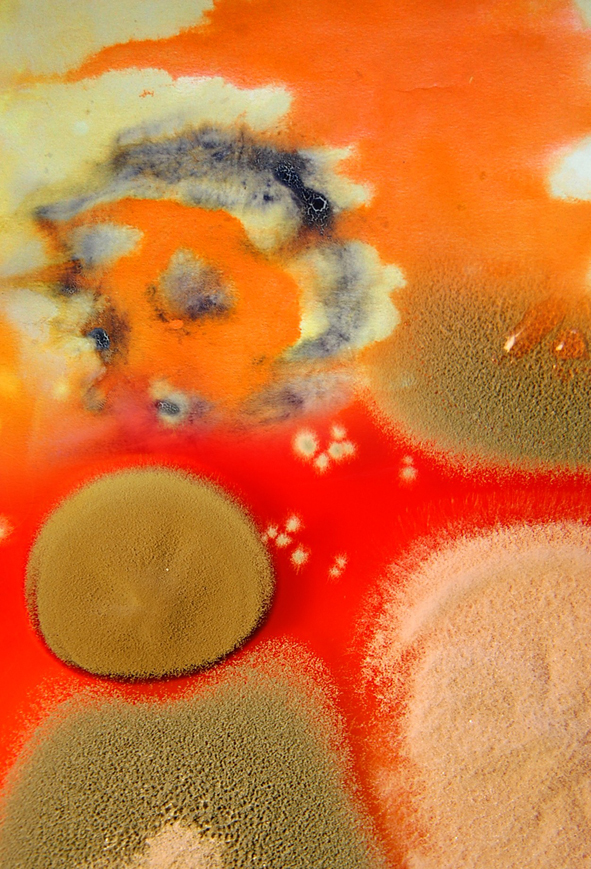
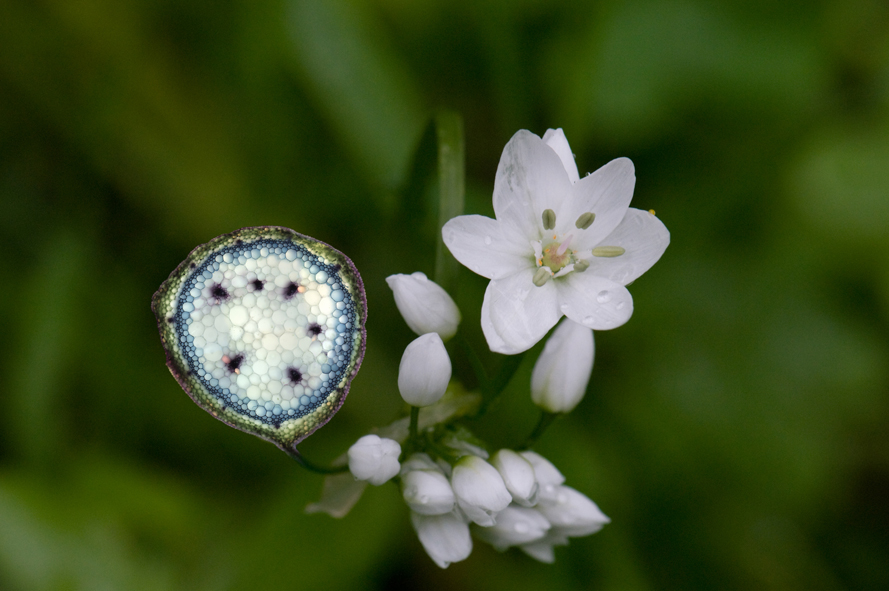

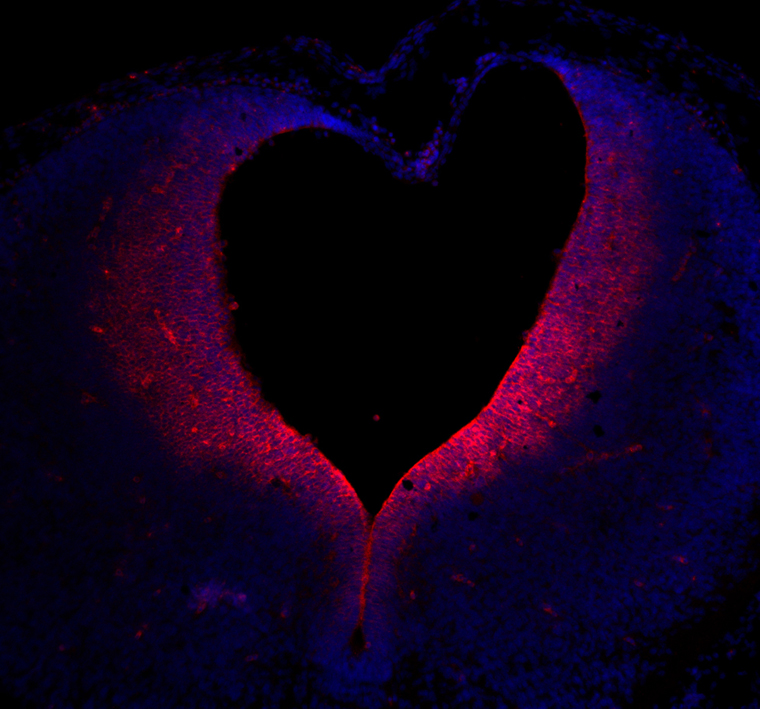


 (No Ratings Yet)
(No Ratings Yet)
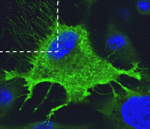
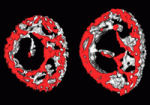

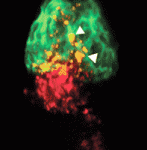
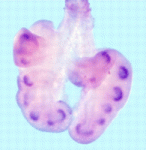
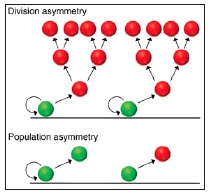
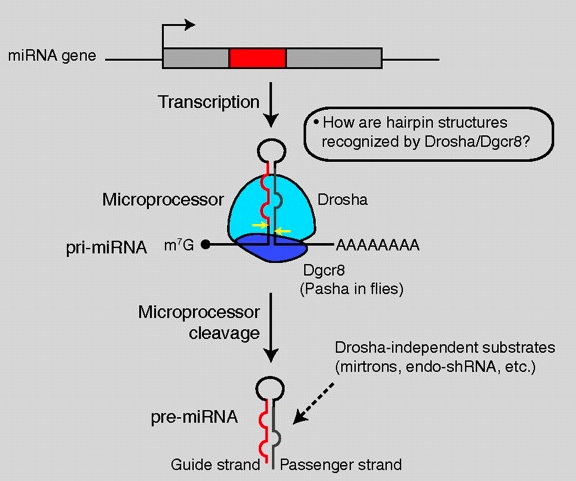
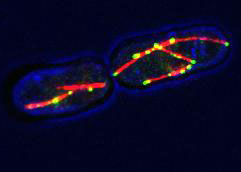
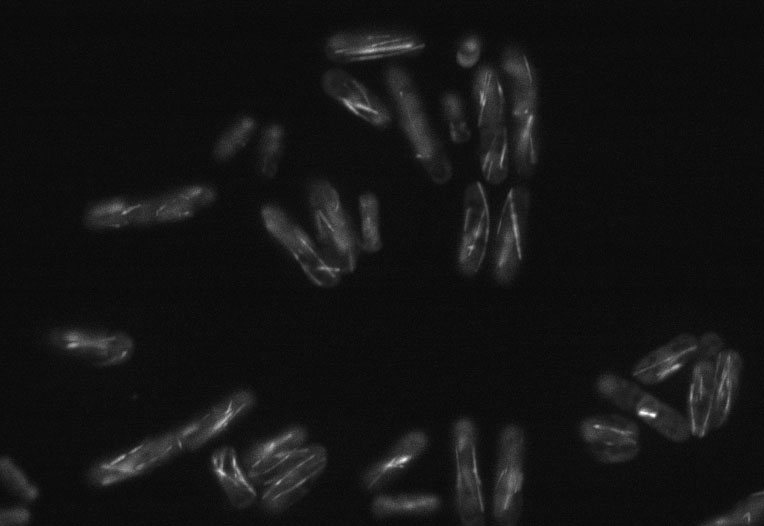
 I am the founder and CEO of DataGiving. I founded DataGiving whilst completing my Ph.D. in Genetics at the University of Cambridge. I have always been passionate about helping people. After completing my Bachelors degree in Psychology, I worked as an Assistant Psychologist at St Marys Hospital in London, helping adults with severe mental health disorders. Since I was a teenager I had aspired to become a Clinical Psychologist, but as much as I admired the great work Psychologists do, I didn’t feel that my desire to reach out and make a positive change would be fully achieved in this role. I returned to academia, as I had long been intrigued to learn more about the biological basis of human behaviour and cognition. I completed a Masters degree in Cognitive Neuroscience, at Imperial College London, which included a laboratory based research project at the Hammersmith Hospital, investigating the genetic basis of Parkinson’s Disease This research sparked my passion for genetics, and specifically the field of Epigenetics. I went on to be awarded an MRC scholarship, to undertake research into the imprinting regulation of Gsα in the laboratory of Dr Gavin Kelsey at The Babraham Institute, Cambridge.
I am the founder and CEO of DataGiving. I founded DataGiving whilst completing my Ph.D. in Genetics at the University of Cambridge. I have always been passionate about helping people. After completing my Bachelors degree in Psychology, I worked as an Assistant Psychologist at St Marys Hospital in London, helping adults with severe mental health disorders. Since I was a teenager I had aspired to become a Clinical Psychologist, but as much as I admired the great work Psychologists do, I didn’t feel that my desire to reach out and make a positive change would be fully achieved in this role. I returned to academia, as I had long been intrigued to learn more about the biological basis of human behaviour and cognition. I completed a Masters degree in Cognitive Neuroscience, at Imperial College London, which included a laboratory based research project at the Hammersmith Hospital, investigating the genetic basis of Parkinson’s Disease This research sparked my passion for genetics, and specifically the field of Epigenetics. I went on to be awarded an MRC scholarship, to undertake research into the imprinting regulation of Gsα in the laboratory of Dr Gavin Kelsey at The Babraham Institute, Cambridge.